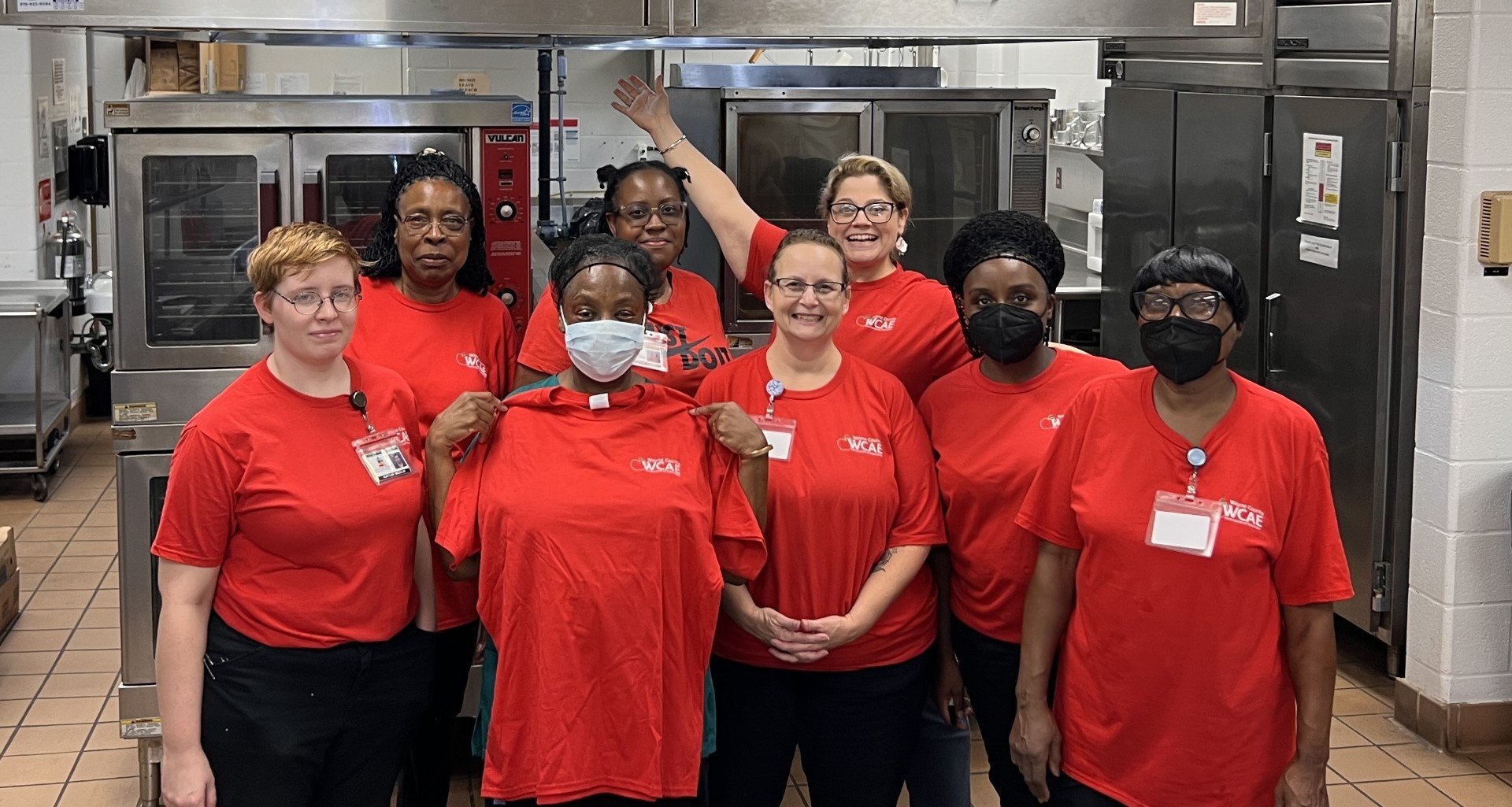2022’s midterms showed decisively that progressive issues motivate voters to the polls. Trump-backed candidates lost in many cases when progressive agenda issues like abortion access and voting rights were present as ballot initiatives. There is tremendous potential to be tapped with a deep analysis of the data about who turned out to vote, and what motivated them to do so. A state-level, issue-based strategy could replicate and even increase turnout for progressive issues in 2024.
You might think the midterm results would be a clear indicator to leaders in the Democratic Party to lean left if they want to ride that momentum, but last week, President Biden’s administration and Congress worked together to prevent a strike by railroad workers. This move is certain to draw a fair amount of criticism from labor and the Left, and could potentially dampen the newly lit fires of progressive voter enthusiasm for Democrats. One has to wonder if this was a miscalculation on Biden’s part, considering how progressive issues turned out new, young voters in huge numbers. Alienating those new voters, along with some key coalitions in the labor movement and Left-leaning circles, could be costly.

If I had to guess, I’d say President Biden was loath to get involved with the railroad workers’ labor dispute in the first place. He’s known as a pro-labor President – some say the most pro-union President ever to hold the office. Without a doubt, labor leaders will view this interference in a large-scale job action to demand fair treatment as a betrayal from the White House. But with an approval rating in the low-40s and his opponents gathering strength for 2024, the administration had to choose between backing workers on the one hand, and keeping the trains running – literally – in the weeks leading up to Christmas on the other. Supply chain disruptions and an economic downturn would have been chum in the water for Republicans, who never miss a chance to stymie progress when a Democrat is in the White House.
Given how this railroad negotiation unfolded, we have to wonder, in an era where federal politics is increasingly saturated with extremist rhetoric and cult-of-personality-type electoral strategies, how much can Biden do to actually move the needle on a progressive agenda? An even more important question might be: how much do we need him to? A state-level data analysis of voter behavior is needed to understand what is motivating folks to show up at the polls in this tumultuous moment.
Take Pennsylvania’s Senate race, for example. Fetterman’s victory over Oz was a clear up-or-down vote on Trumpism, where Fetterman’s campaign offered a pro-worker alternative message. In that case, Trumpism lost, but it was terribly close, and Oz was without a doubt among the worst candidates for federal office of the entire cycle. Perhaps a more telling result was the one we saw in Arizona, where Democrats Katie Hobbs and Mark Kelly won over Trump-endorsed Kari Lake and Blake Masters. In the Georgia runoff this past Tuesday, Senator Raphael Warnock secured his reelection over Herschel Walker, who was arguably a worse candidate than Dr. Oz – which is saying a lot. Trump seems to have hurt his hand-picked candidates more than he helped them, even in traditionally red states.
The most stunning results came from Michigan. Prop 3, an amendment to enshrine abortion protections in the state constitution, resulted in turnout that drove a clean sweep of the levers of power in that state, including Governor, Attorney General, Secretary of State, and both houses of the Legislature. Next session will mark the first time Democrats have controlled the state Legislature since 1984. This didn’t happen simply because voters wanted to see those seats occupied by Democrats. In fact, about 50,000 more people voted for Prop 3 than voted for Governor Gretchen Whitmer’s reelection.
To the extent that Federal politics influenced voter turnout, there was an anti-Trump wave in some places that knocked off his chosen candidates, like Oz and Lake. Elsewhere, Trump’s critics on the right soared to victory, like Ron DeSantis in Florida and Brian Kemp in Georgia, who both clinched their Governor races after opposing or challenging Trump. What DeSantis and Kemp didn’t have to contend with were ballot initiatives linked to abortion, marijuana, voting rights, or labor rights. Issue campaigns on the progressive side were more effective at carrying new folks to the polls, while the Big Lie and its proponents did not carry votes. What does that tell us about the direction progressive organizations should take?
This brings me to what we call data pooling, a process by which organizations can share and analyze their lists and behavioral data to find trends that cross organizations and geographies. It’s hard to dispute that state issues and new Gen Z voters were the factors that led to Democrats’ success in this election. Data analysts from both sides of the political spectrum have come to the same conclusion. Progressive organizations would be wise to start sharing and analyzing their lists to find common trends that can help reproduce large voter turnout in the next election.
What might this look like? With a deep analysis of shared data, coalitions could form around issues that motivate already identified groups of voters. One example I’m aware of is a green energy coalition in Alabama, where small organizations have been steadfastly advocating for better environmental policy and growing their list of devoted activists and donors. If those small organizations pooled their data and applied modeling techniques, pathways to generating massive voter turnout in 2024 might start to become clear. Ballot initiatives could be filed to motivate new folks to the polls based on that modeling. This is the kind of work we are always looking to support at TCW Strategies. The possibilities are worth serious consideration.
When I was a union organizer, during election season we had an adage: Voter turnout isn’t about party or individual candidates. It’s about issues that matter to people personally. It seems to me that in recent years, federal politics has veered sharply into cult-of-personality territory. It’s clear that’s not what spoke to voters in this electoral cycle. Where the election was focused on enshrining progressive values and progressive causes in state law, Democrats saw big wins.
President Biden might not be able to deliver for labor and the Left without jeopardizing his power and his position, but maybe we don’t need him to. If we’re going to keep moving the needle on progressive causes, our best avenue is through coalition building, data pooling, and direct democracy at the state level.



